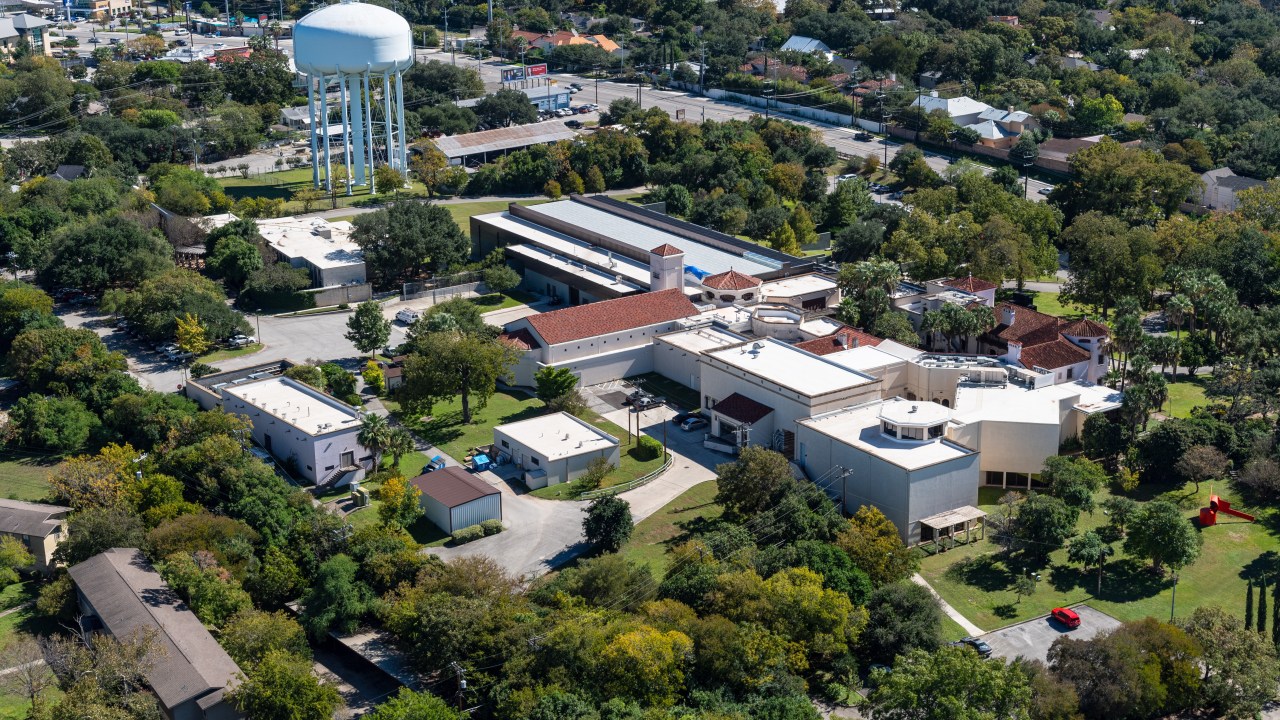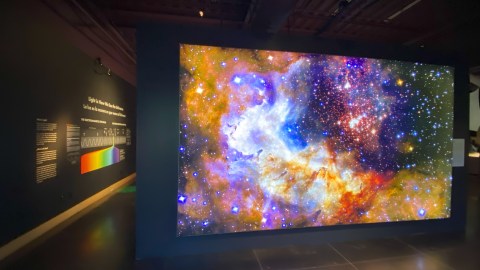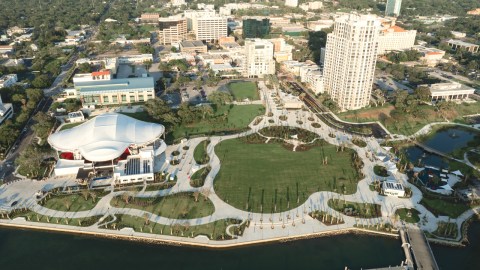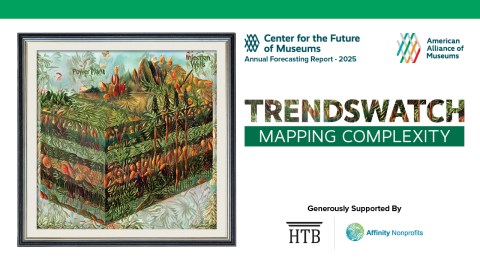
The McNay Art Museum in San Antonio, TX houses a world-class collection of more than 22,000 works by masters from around the world—Cezanne, Picasso, Matisse, O’Keefe and many more. The collections include:
- Medieval and Renaissance art
- 19th- through 21st- century European and American paintings, sculptures, and photographs
- One of the finest collections of prints and drawings in the Southwest
- The exceptional Tobin Collection of Theatre Arts
- Jeanne and Irving Mathews Collection of Art Glass
Like any historic facility (the original home was designed by architects Atlee Ayres and his son, Robert), the McNay’s buildings need constant upkeep. That occasionally includes new roofs!
Recently, after about a year’s work, all of the McNay’s buildings now have new roofs, and those amazing collection pieces housed in the museum are intact and well protected from the elements for years to come. The complexity of the McNay roofing project provides valuable food for thought to other museums housed in multiple busy, historic facilities that must undergo major maintenance from time to time.
Replacing the roof over such irreplaceable artworks is no simple task. Extraordinary care must be taken to protect the collections and to preserve the architectural integrity of iconic buildings, even as modern materials are used. Renovation work also has to take into account year-round special events.

Take the roof tiles, for instance. Roofing contractor Cram Roofing was charged with replacing and matching some of the existing tile that hasn’t been manufactured for almost 80 years. The old tile, subjected to decades of blistering heat and punishing storms, was not surprisingly badly aged and weathered. Duplicating the old tile faithfully was challenging in terms of color, shape, and texture. Cram Roofing had to produce tile that was a perfect match, which made estimating the cost of the project especially challenging.
Just getting a good look at some of the roofing in order to determine the extent of the job wasn’t easy. For many of the older buildings, specialized equipment was needed to inspect and capture images, which allowed roofing professionals to complete the necessary assessments and prepare cost estimates.
Besides tiles, other historic items that are integral to any structures classic look include details like coping. These, too, had to be replicated using modern materials to ensure the roofs function properly and maintain the vintage look and feel of the campus. In other instances, the original material’s design parameters were upgraded to enhance a given building’s beauty. One structure, for example, was originally topped by a flat roof with little architectural interest. It was replaced by a metal roof with much more eye appeal.
Cram Roofing’s team worked around the McNay’s busy schedule for the duration of the year-long project. Some exhibit schedules meant no work could be done on certain facilities during those periods. Scheduling had to allow for all artworks to be removed from a given building before the roofers could work there.
The McNay is also known as one of San Antonio’s most photogenic locations, which is why the campus is in such high demand for special events. That meant work crews had to be extremely careful not to damage any of the landscaping, including the lush, manicured lawns. Crews were expected to be practically invisible to visitors as if no construction was underway. Coordinating all of the packing, moving, and renovation work required a lot of patience and synchronization to accomplish successfully.
Utmost care is essential to roofing and other building projects involving historic structures, such as the McNay. With good communication and teamwork between museum staff and contractors, challenging but essential projects can, indeed, be completed with professionalism and efficiency.
Christy Rhone is director of business development and marketing for Cram Roofing.








